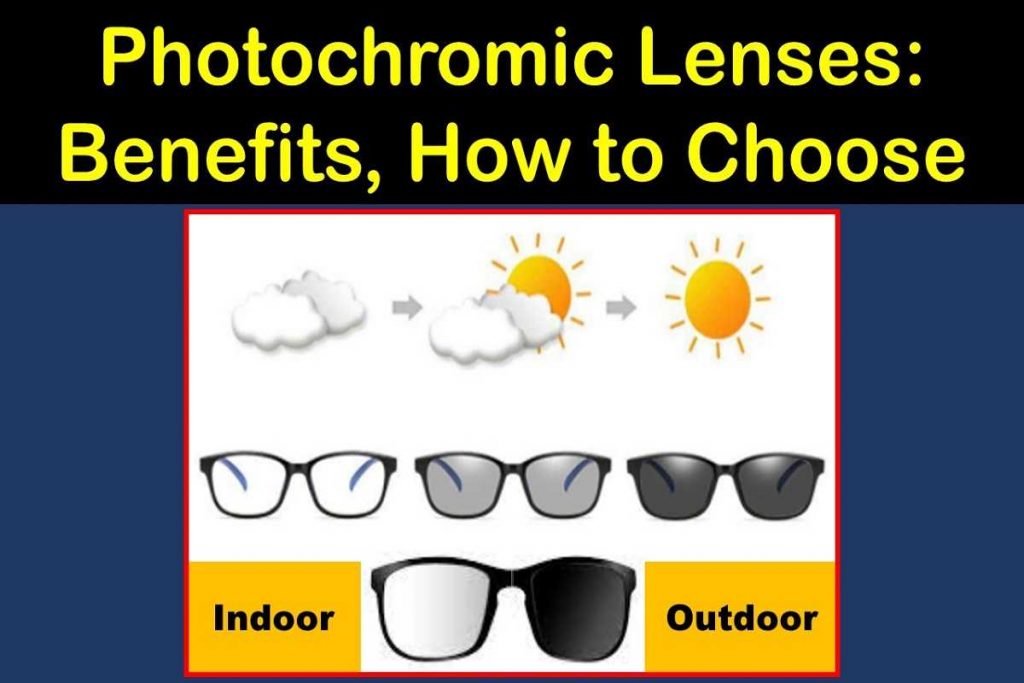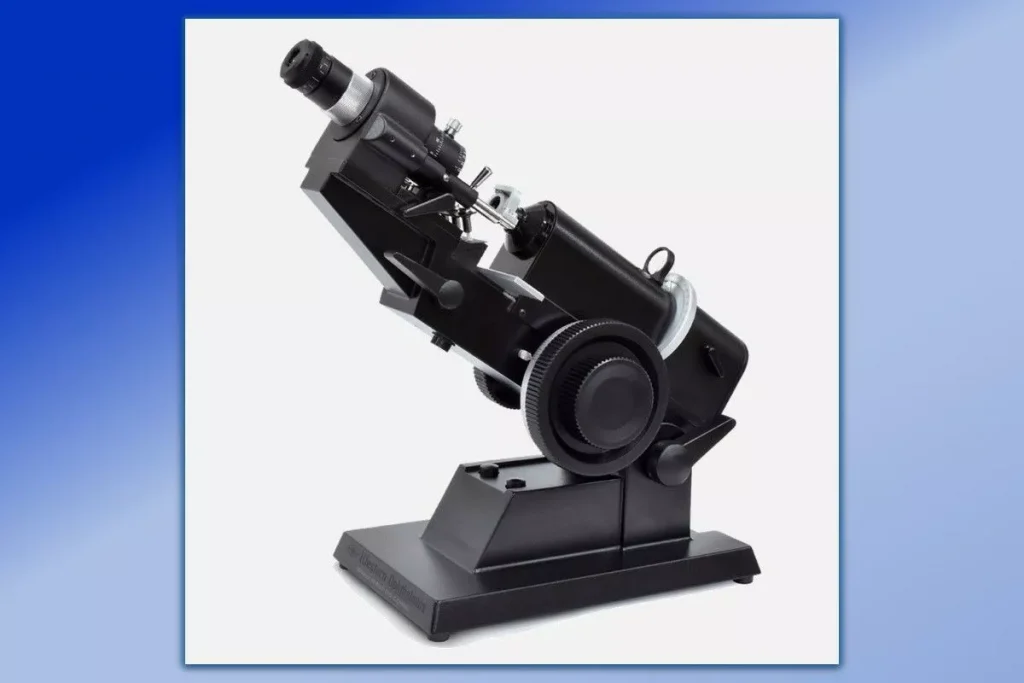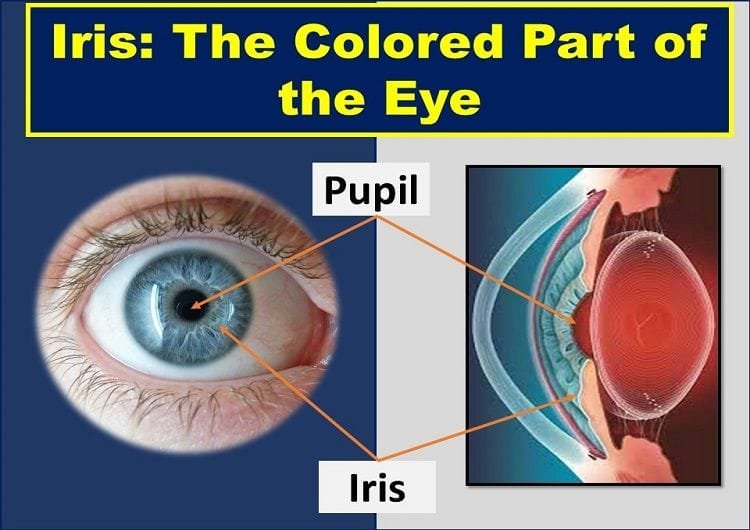Today’s topic is all about photochromic lenses, working principles, advantages, different brands, and options along with photochromic lenses disadvantages. So, stay connected.
What are the Photochromic Lenses?
Photochromic lenses are a type of lens that automatically adjusts to changing light conditions. They can darken or lighten in response to changes in the level of ultraviolet (UV) and visible light. The material in photochromic lenses is sensitive to UV radiation, which causes it to change color when exposed to it.
Most photochromic lenses take around 30 seconds to darken in sunlight and between 2-5 minutes to return to a clear state indoors, however, excessively high or low temperatures can affect this timeframe.
Photochromic lenses come in many types, including varifocal lenses (progressive addition lenses), high index lenses, and polarized lenses.
Glass photochromic lenses (which are tinted depending on the light) were first invented by William H. Armistead and Stanley Donald Stookey in the 1960s at the Corning Glass Works Inc. and became a worldwide success.
Other Names
- Light-Adaptive Lenses
- Light Intelligent Lenses
- Variable Tint Lenses

Glass Photochromic Lenses Versus (Vs) Plastic Photochromic Lenses
The plastic photochromic lens molecules of silver and halide (chloride or bromide) lie on the surface of the lens, which usually provides an even shade of tint when darkening, whereas the molecules of silver and halide are contained within the glass and this can sometimes cause a tint to be uneven on a lens depending on the thickness of the peripheral edge and the center of the glasses.
Photochromic Contact Lenses
Do you know contact lenses are also available with the photochromic property? Similar to photochromic lenses, photochromic contact lenses darken in response to UV light and can provide an extra level of comfort while outdoors during the day. Currently, the only option for photochromic contact lenses on the market is ACUVUE® Oasys with Transitions TM, which is a soft lens. They are to be replaced every 2 weeks.
Working Mechanism of Photochromic Lenses
The important chemical molecules responsible for the photochromic effect of those lenses are silver halides. Tiny silver halide (usually silver chloride) molecules are inserted into photochromic lenses which are clear and invisible until they’re exposed to UV rays.
These lenses can contain different types of organic molecules that influence the lens’ level of transparency. The particular photochromic molecules that are most effective in darkening the lens (in plastic photochromic lenses) after being exposed to UV light include oxazines and naphthopyrans.
When exposed to UV or sunlight, the molecules of silver halide undergo chemical changes and become “darker.” This process breaks down the molecules and changes their size and shape, resulting in a change of darkness.
This light adaptive lenses will go dark when exposed to the sun and stay that way as long as it’s exposed. The molecules flip properties once the glasses are taken out of sunlight exposure to return to their original clear state.
What are the Pros and Cons of the Photochromic Lenses?
Photochromic lenses are not perfect, but they are extremely useful for many different reasons. The benefits of photochromic lenses include their convenience, cost, and benefits, although there are some drawbacks. Let’s have a look at some of the benefits of the light adaptive lenses and the photochromic lenses disadvantages.
Benefits and Advantages of the Photochromic Lenses
The benefits of photochromic lenses outrun the disadvantages of those lenses. The common pros are highlighted in the following separate headings.
Economical and Cost-Effective
Buying a single pair of photochromic glasses that provide both indoor and outdoor protection and clear vision is more cost-effective than buying two different pairs.
Eye Safety form UV Exposure
Photochromic lenses block nearly 100% of ultraviolet (UV) rays and provide full protection against harmful UV light. Direct exposure to sunlight can cause serious eye problems and in some cases blindness.
Portability
With photochromic glasses, you only need to carry one pair of spectacles for all time use, indoor and outdoor, as they can also be used outdoors in the sun with full protection of the eyes. You don’t have to carry around two pairs of glasses like with normal sunglasses.
You only need to remember to take one pair of glasses with you, as we’ve all forgotten to take sunglasses out with us at some point, only to be caught out by the glare of the sun or left them behind.
Maintaining Good Eye Health
One’s lifelong exposure to sunlight and UV radiation is being associated with the risk of cataracts, and other eye diseases later on in life, so it’s a good idea for children as well as adults to consider photochromic lenses for eyewear.
Reduce Eye Strain
Similarly, light adaptive lenses can prevent glare from reflecting off surfaces like water and snow, and they reduce the strain on your eyes because you don’t need to keep adjusting your glasses for different lighting conditions
Convenient Option for Night-Driving and Computer Work
Photochromic lenses can become even better with the addition of an anti-reflective coating. Such coatings allow more lights to pass through, leading to sharper vision in low-light conditions, such as driving at night and provide extra protection from harmful rays coming from the digital screens, like computer and mobile phone screens.
Multitude of Choices
Photochromic lenses are an innovative technological development in eyewear that reacts to UV light. They change color naturally, adapting to the intensity of the sun or indoor lighting. There are different shades, tints, and styles suitable for the taste of different people.
Transitions® Drivewear: Suitable for Driving
Transitions® Drivewear are custom-designed photochromic lenses for driving. They adapt to changing light conditions, offer enhanced contrast, and make it easier to see the road.
As the name suggests, they were originally invented for use in the car and have even been designed to make the sun glare a thing of the past, making them perfect for wearing whilst driving.
Photochromic for Sunglasses
Photochromic lenses for eyeglasses are primarily for outdoor use. They’ll be a bit less clear when indoors, but they provide more comfortable vision on days where there’s lots of bright light and when you’re driving.
Photochromic Lenses Disadvantages
Photochromic lenses have many advantages for the wearer, but there are a few disadvantages.
Lesser Dark than Sunglasses
Light adaptive lenses have a long-standing history of protecting eyes from the sun and blocking out UV rays, but they can’t ensure that one is safeguarded from extreme light conditions. Fortunately, these lenses are suitable for most people but you should always consult your eye doctor before making a decision.
No Glare Protection
Some photochromic lenses do not have polarization, which causes harsh glare when it comes to sunlight. Make sure to ask your doctor about the variations of this lens and how they can benefit you.
No Quick Reaction Time
You won’t have any issue when you go out of the room as the lens quickly get darker (like sunglasses) within 30-60 seconds, but when you enter the room after using the photochromic glasses outside for some time, the fully dark lenses take around 5 minutes to be fully transparent inside the room.
It might take even longer time to get clearer depending upon the temperature of the lens and the surrounding.
Not Suitable for Driving
Photochromic lenses don’t work inside of a car since the windscreen blocks out UV rays which are needed to activate the chemical process inside the lenses. you have to opt for the special transition® drivewear lenses to overcome this issue inside the car.
Is Photochromic Lens Temperature-Dependent?
Yes. The photochromic or changeable lenses are temperature dependent.
The light adaptive lenses are made with a chemical process that may be affected by a phenomenon known as “temperature dependency”.
Photochromic lenses are only able to achieve a 95% state of tint in extreme heat and it is unlikely that they will be able to fully block out UV rays. In more moderate temperatures, however, the lens is much more effective and will reach the desired level of tint in a quick amount of time.
On the other hand, photochromic lenses will get very dark when cold weather is a factor. They’ll also return to a clear state much more slowly.
Different Options and Brands
Transitions® Lenses (Transitions® is a registered trademark of Transitions Optical, Inc., used under license by Transitions Optical Limited)
Transitions® is the leader of the photochromic lens market in the world. They have varieties of options available for different professions, and preferences. Popular transitions® lenses are:
- Transitions® Signature® GEN 8 TM
- Transitions® XTRActive®
- Transitions® XTRActive Polarized
- Transitions® Vantage®
- Transitions® Drivewear®
- Adaptive Shield®
- ACUVUE® OASYS with Transitions TM (photochromic contact lenses)
SunSensors by Mitsui Chemicals
PhotoGray, PhotoBrown, Thin and Thick by Corning
PhotoFusion by Carl Zeiss Vision
ColorMatic IQ Sun 2 by Rodenstock
Sensity by Hoya Vision Care
LifeRx by Vision-Ease Lens
You May Also Like
What Style of Glasses For Face Shape: Oval, Round, & All?
Warning signs that you need glasses
Orthokeratology (Ortho-K Lens): Corneal Reshaping Therapy
ARC Lens or Anti-Reflection Coating Glasses
Blurry Vision In The Morning: Reasons to Wake up With Blurred Eye

